Sustainable Hiking Practices in National Parks
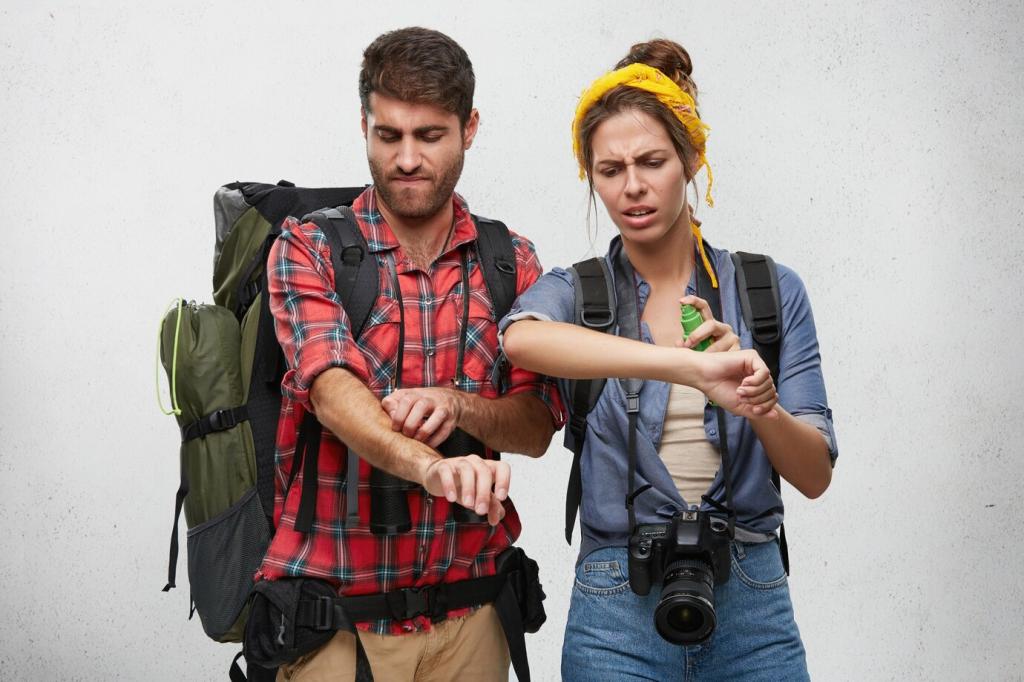
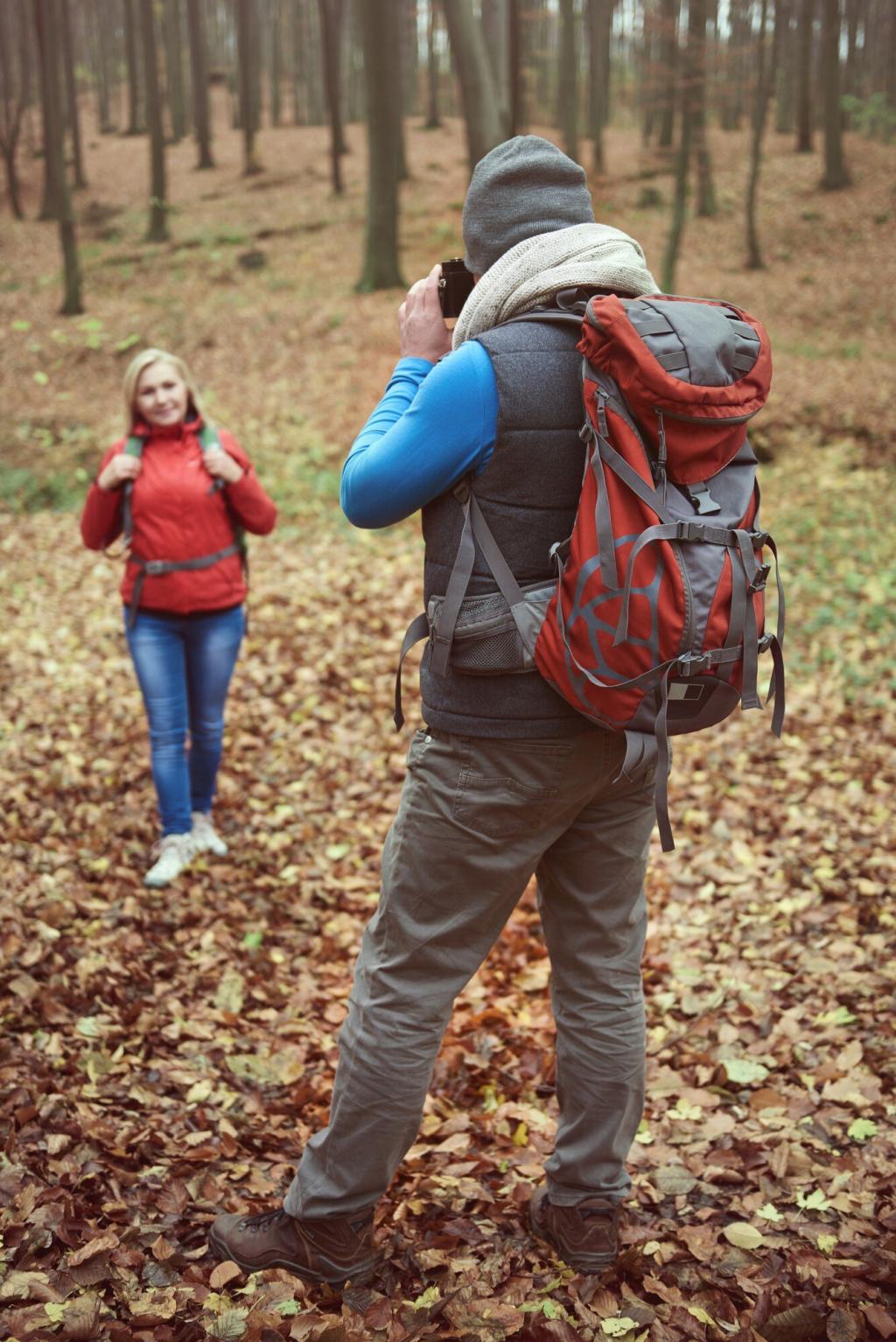
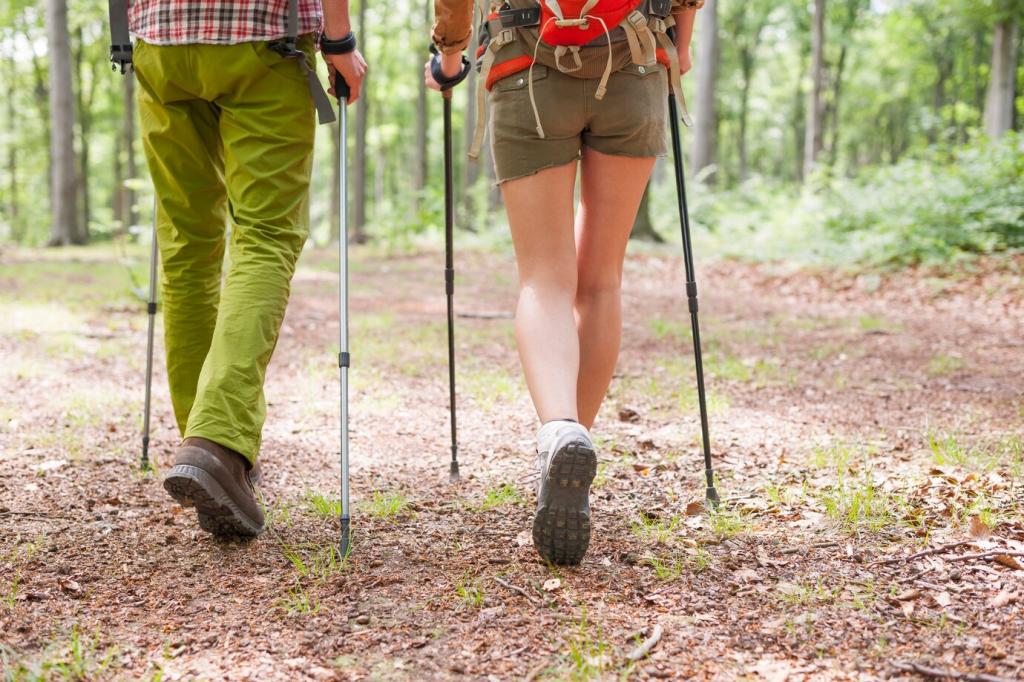
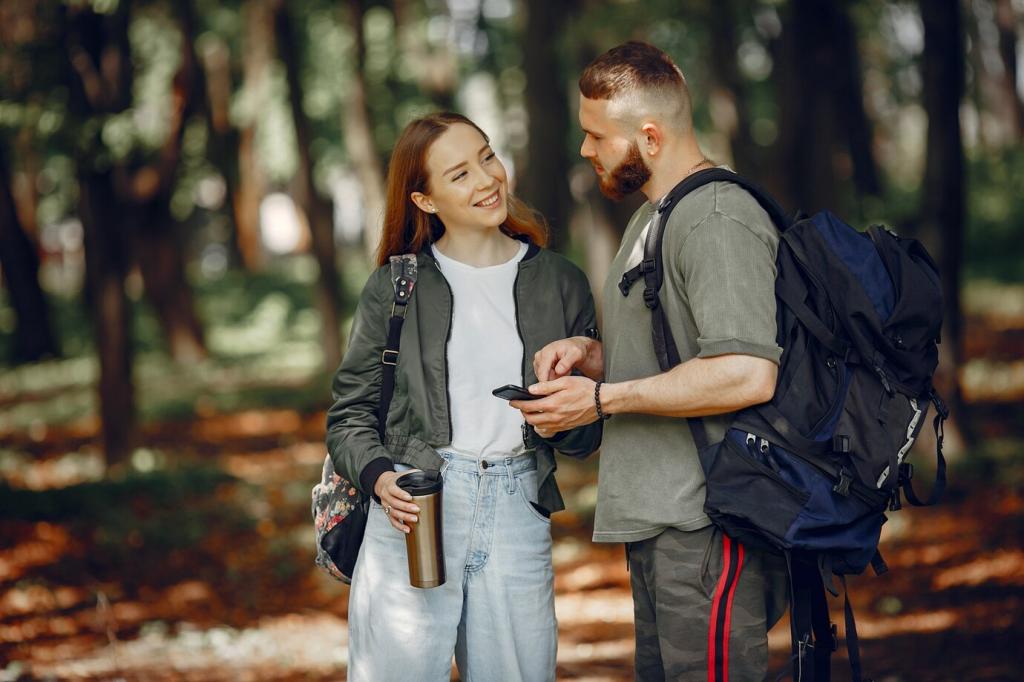
Give Animals Space
Follow park guidelines: at least 25 yards from most wildlife and 100 yards from bears and wolves. Use zoom lenses rather than approaching. Share a story of a memorable encounter handled with patience.
Food Storage and Scent Control
Cook and store food away from your sleeping area. Use bear canisters or lockers where required, and never leave packs unattended. Your discipline today prevents dangerous habituation tomorrow. What’s your go-to storage method?
Quiet Observation
Keep voices low, step lightly, and let natural sounds dominate. Binoculars reveal intimate behavior without intrusion. If an animal changes its behavior, you’re too close. Subscribe for monthly wildlife-ethics reminders and practical field tips.
Stick to the Path
Avoid cutting switchbacks or stepping around puddles; go straight through or over rocks to keep trails narrow and intact. Share your strategies for navigating slick sections without creating side routes.
Hike After Rain Responsibly
Wet soils are fragile. If the trail surface is saturated, consider delaying your hike or choosing hardened surfaces. When you proceed, shorten strides and slow down. Comment with your favorite rainy-day alternatives.
Volunteer for Restoration
Join park crews to install water bars, close social trails, and seed native plants. A single afternoon can stabilize a hillside for years. Tell us where you’ve volunteered and inspire others to sign up.
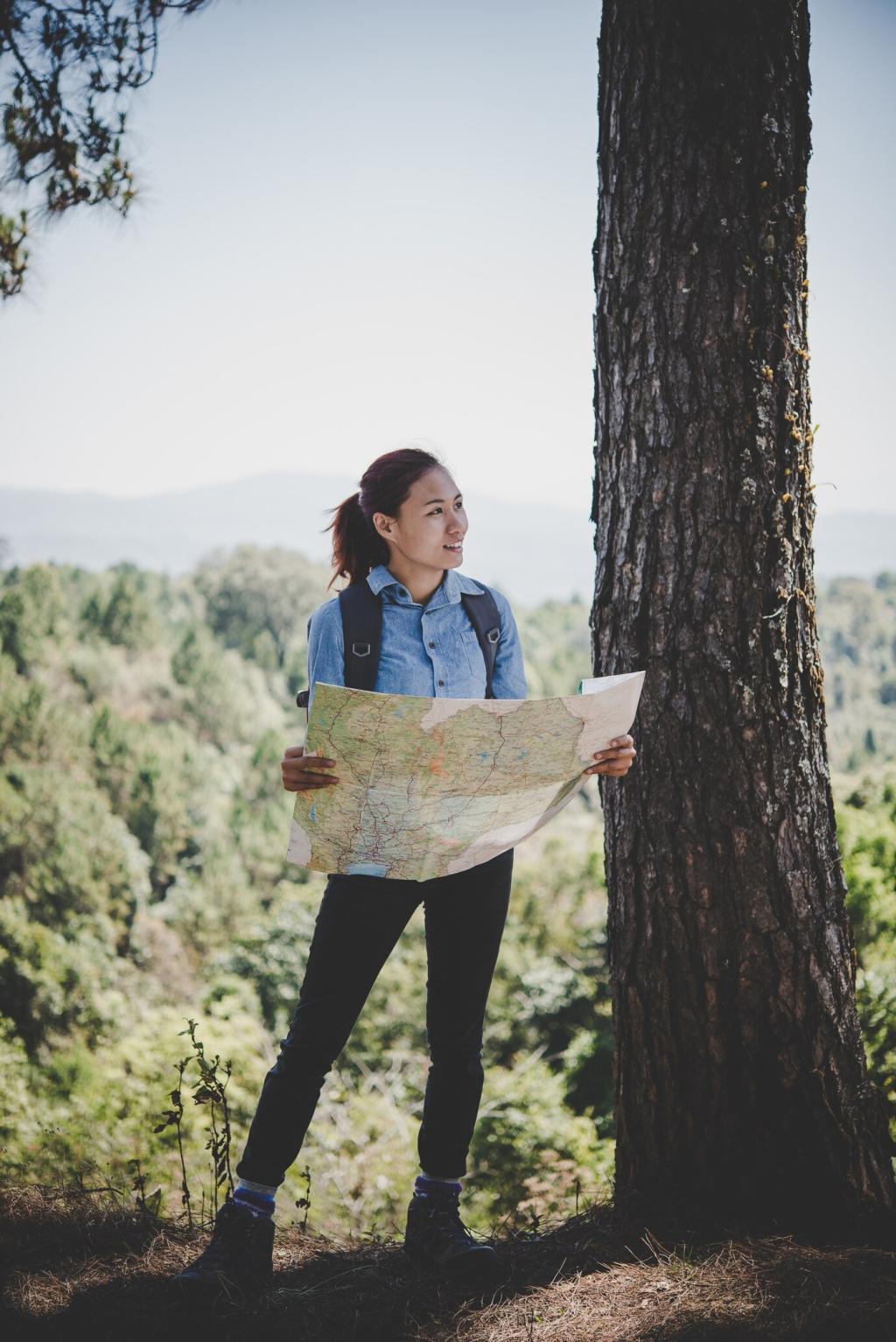
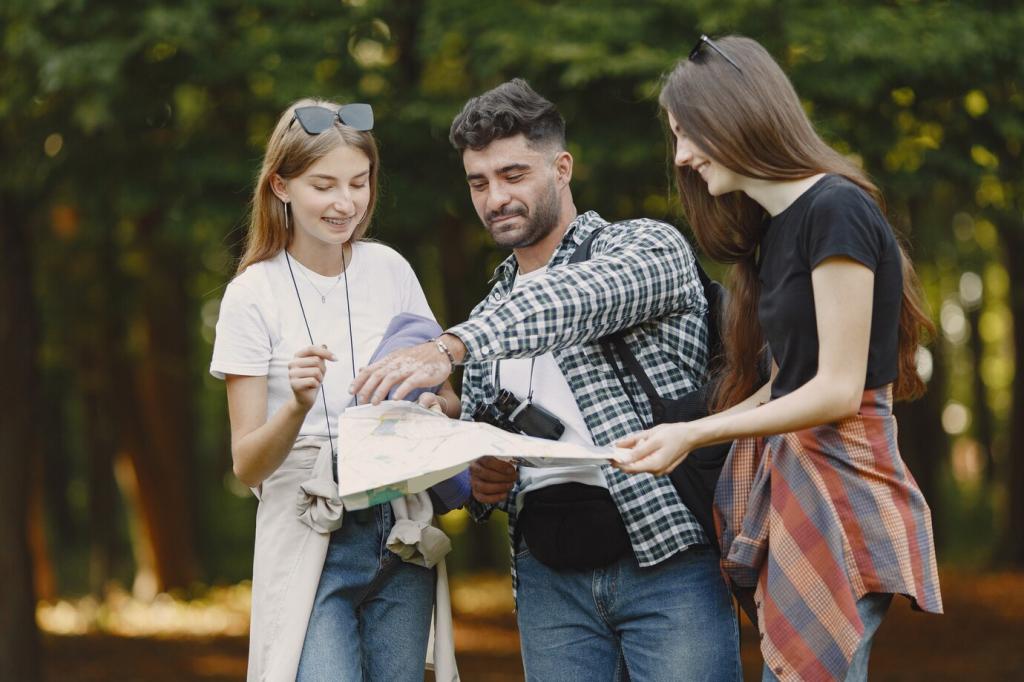
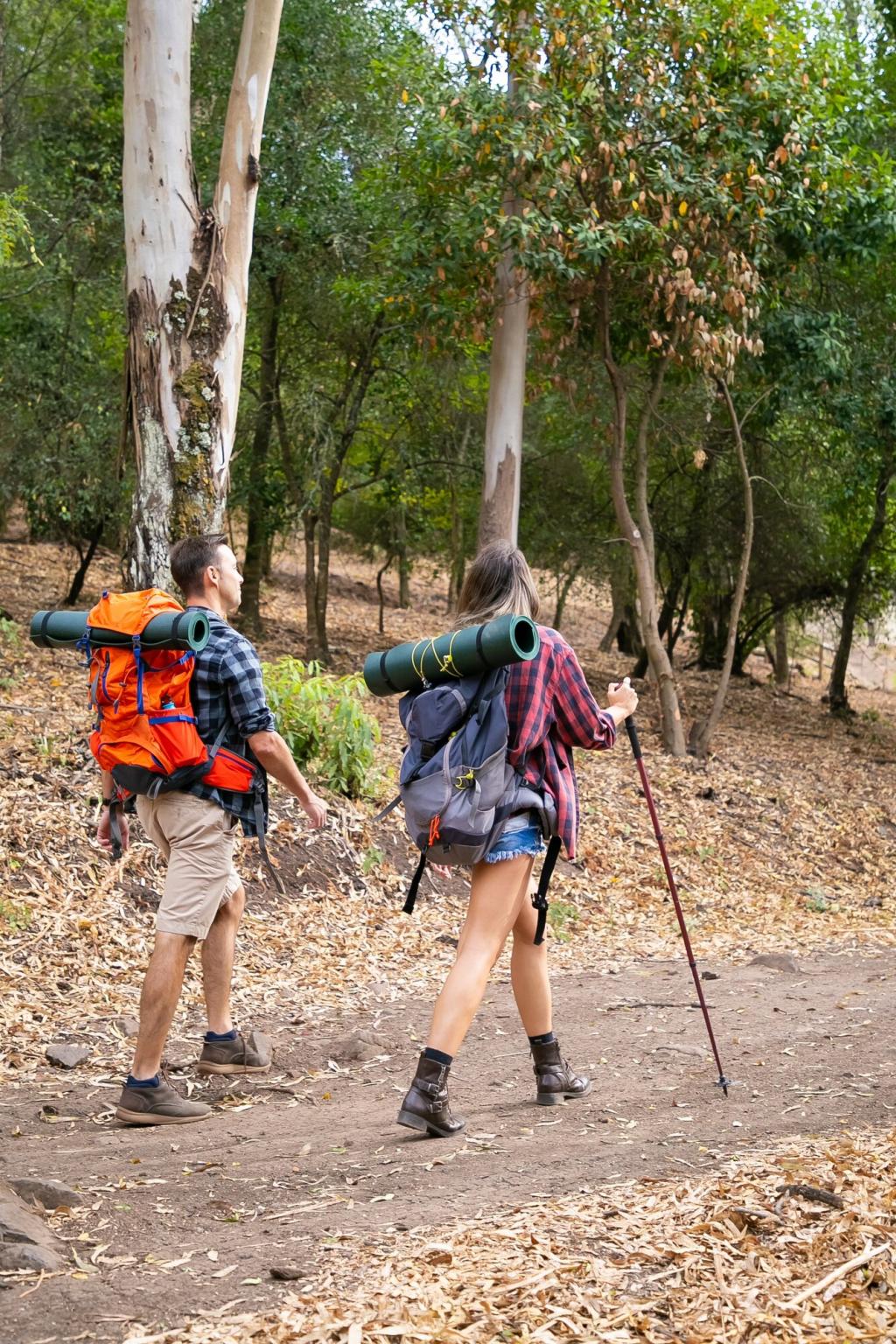
Water, Fires, and Fragile Habitats
Treat all backcountry water, even when it looks pristine. Combine filtration and chemical or UV treatment when needed. Tell us your method, and we’ll share comparison tests in upcoming posts.
Community and Culture of Stewardship
Model good trail etiquette and offer gentle guidance when it’s safe and welcome. Positive conversations spread faster than scolding. Share a time someone helped you learn a better practice.
Travel Logistics With a Lighter Impact
Go Off-Peak, Go Local
Visit on weekdays or shoulder seasons, and use shuttles, biking, or carpooling when offered. Fewer cars mean quieter wildlife corridors. Comment with your favorite off-peak discovery and why it felt special.
Permits and Group Size
Permit systems and group-size limits protect fragile sites. Embrace them as stewardship tools, not hurdles. Share how you’ve planned meaningful small-group trips that left places better than you found them.
Digital Mindfulness on Trail
Download maps, switch to airplane mode, and leave drones at home where prohibited. Fewer pings, more presence. Subscribe for tech tips that balance safety, navigation, and low-impact exploration.
